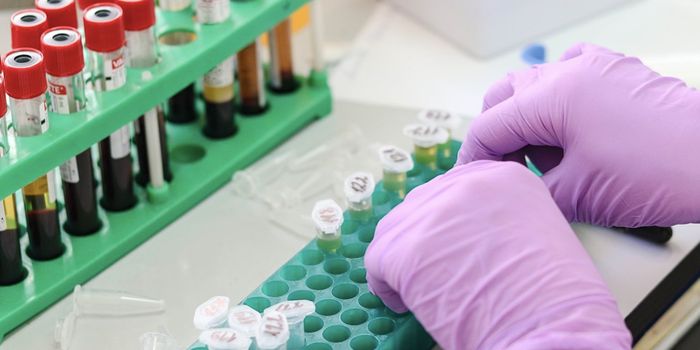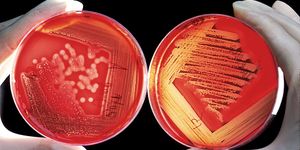Microscope to Diagnose River Blindness Is a Winner
A team of innovators from Stanford University has invented the Onchoscope: a low-cost, customizable microscope for the diagnosis of Onchocerciasis, a condition commonly known as “river blindness”. The team has come first place and received the Steven H. Krosnick Prize (along with a $20,000 pay-out) in a competition that recognizes technologies that provide simple, cost-effective solutions to complex global health challenges.
River blindness is a parasitic disease that affects over 20 million people around the world, caused by infection with the parasitic worm Onchocerca volvulus, which is transmitted to humans via a bite from the river-dwelling black fly. Symptoms begin with itchiness and bumps under the skin, eventually leading to a complete loss of vision in those affected. The World Health Organization, or WHO, lists river blindness as a neglected tropical disease, for which there is currently no vaccine.
Accurate diagnosis remains the weakest link to tackling the disease, particularly in developing countries. A pharmaceutical therapy is currently available, and with early interventions, a tool like the Onchoscope has the potential to help prevent infection-related blindness in millions. Currently, biopsies of the skin are the standard practice for diagnosing infections. Not only are these procedures invasive, but they also have an alarmingly high false-negative rate, in excess of 40 percent.
The Onchoscope works by shining a blue light to image the capillary bed, which creates enough contrast to spot parasitic microfilariae (or early-stage larvae) within the blood vessels under the fingernails. The device can not only image these capillaries but also counts and tracks the number of microfilariae in the bloodstream, giving a more sensitive and accurate diagnosis than the current standards of care.
Sources: Newswise, Venture Well.









